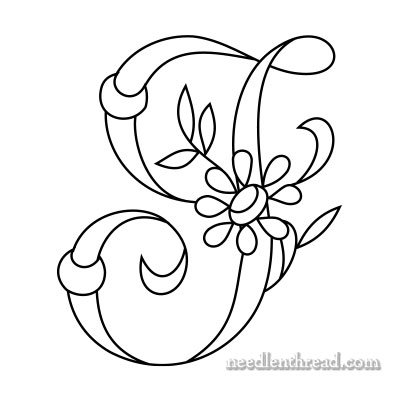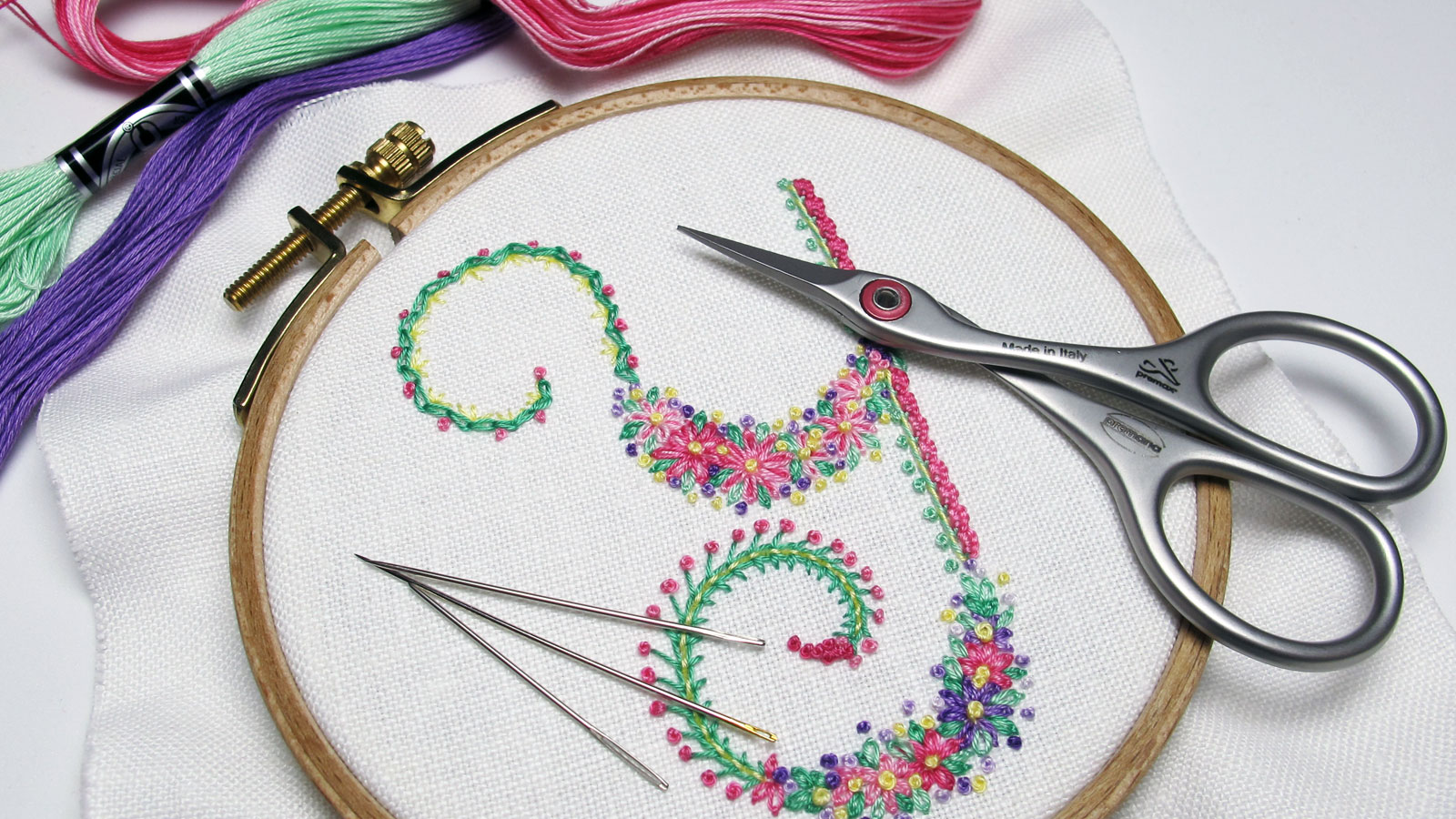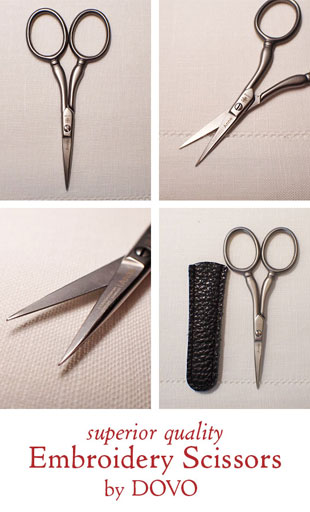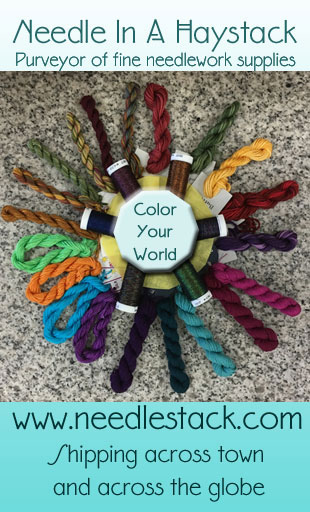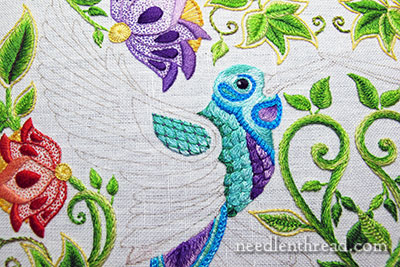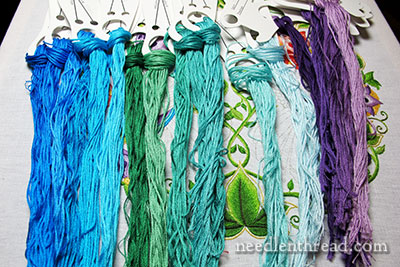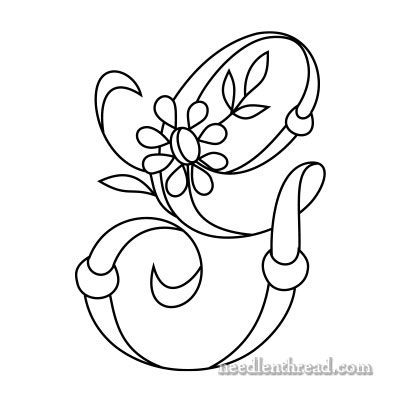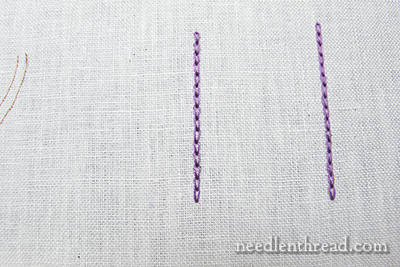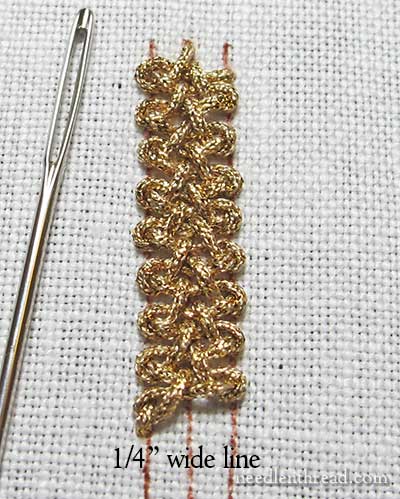August 27, 2014
Monograms for Hand Embroidery – I, J Daisy & Rings
Whenever I come across monograms for an I or the J (or is the J or the I?) in old publications, I mourn the absence of one or the other, or at least of one distinct from the other.
In old monogram alphabets, it is very common to see only the I or the J. The reason? It’s really because they can be substituted for each other, in most of the scripted monogram alphabets. Whether you use the offered letter as an I or as a J is up to you – it can work for either.
